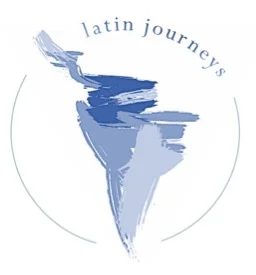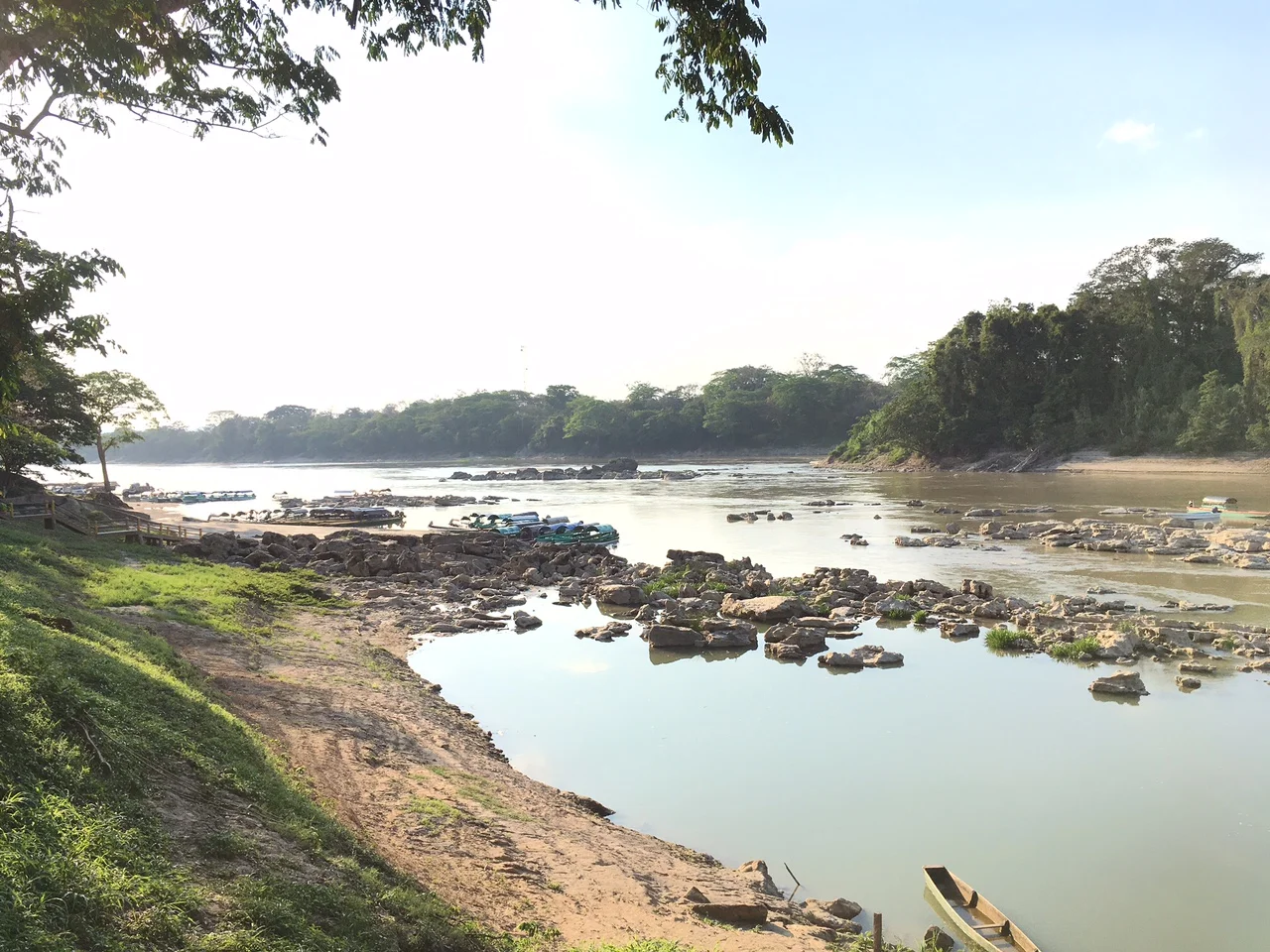A river runs through it
Few people choose to stop for long in Frontera Corozal. Located in the remote southeast corner of the Mexican state of Chiapas, the town is oppressively hot, the mosquitoes are persistent and the buildings lack any aesthetics. However, its geography – situated on the banks of the Usumacinta River – makes Frontera Corozal a popular transit point.
Two and a half kilometres downstream lie the impressive Mayan ruins of Yaxchilán, while a stone’s throw across the river is Guatemala; both are only accessible by boat. The two points bring in two different types of traveller. As day-tripping tourists board lanchas (speedboats) to take them to Yaxchilán, illegal immigrants disembark in Mexico on the last stage of their journey,
“The man paying the boat owner,” says Paco, my guide to Yaxchilán, “he is a coyote.” Immigrants pay coyotes, the regional term for people smugglers, up to $5,000 to get between Guatemala and the US. Once on the Mexican side, the immigrants are put into cars and driven to the next waypoint – onward travel can then include being put in the back of a lorry, getting on a bus or ‘hopping’ a cargo train. I ask Paco if the coyotes work for the Mexican cartels. He is not sure, but tells me that there are also narcos operating in the town, as this is an important drug smuggling route. “They all get along I think, as long as they follow the rules.”
It is not surprising that all of this illicit activity is happening so openly. There is no official or checkpoint, let alone a policeman, in sight. Just up the road from the jetty, a small Mexican Immigration Centre, where travellers can sign in or out of the country legally, shows little sign of activity. A poster outside tells illegal immigrants that, if they are scared to go back to their country, they can claim refugee status in Mexico. It also directs people to a migrant shelter in Palenque, two hours north of Frontera Corozal. However, for most people, refugee status in Mexico is futile, their aim is to get to the US. According to Paco, “the town is used to immigrants now. Everyday loads cross the river to get north.”
On the way back from Yaxchilán I get off in Bethel, the village on the other side of the Usumacinta River in Guatemala. It is even more remote. There is only a dirt road out, and it is a number of hours by colectivo (minibus) to a town of any significance. I have my passport, but again there is no checkpoint. On the slipway, a group of people, of different ethnicities, wait for a boat. A Guatemalan Red Cross portacabin offers medical assistance to immigrants. Taco stalls are painted with Honduran flags, presumably to attract the predominate nationality passing through.
“Where are you from?” shouts someone with an American accent. Manuel is a Honduran from San Pedro Sula who was deported from the US a year ago. He explains that his wife and children are all US citizens living in Montana and he is trying to get back. “I have no tattoos [referring to the fact that gang members in Honduras are highly tattooed], I’m not a bad guy, I just want to get back to my family.” I ask him if he will use a coyote, but he shakes his head, “I have family in Mexico who will help me, I am just waiting.” I wish him luck and he responds: “I will be fine; I have done it before.” Later, I speak to the woman serving me a beer in a taco stall. She is a Guatemalan with two young children; her husband works in Orlando, Florida, and she is waiting to save enough (or be sent) money to join him. I ask how long that will be: “One or two years,” she replies.
Leaving Bethel to get a boat back, I notice a young boy on the jetty who was there earlier. “He is a watchman” says the boatman. He keeps an eye on proceedings for the local gang or coyotes. Two minutes later, I am back in Mexico.
The only highway into the interior from Frontera Corozal is the 307. This well-tarmacked road follows the Mexican-Guatemalan border from Palenque in the north, to La Trinitaria in the south of Chiapas. En route, there are occasional small groups of people walking along the road. These are illegal immigrants who are making the journey to the US border without the help of coyotes. Once in Palenque, there is a cargo railway on which thousands hop. This, though, is an incredibly dangerous option, with people attacked, raped, robbed and press-ganged into narcos. The infamous train journey has been dubbed La Bestia (The Beast) or Death Train. Manuel told me he would stay well away from it.
However, en route along the 307 are numerous police and military checkpoints. It seems odd then that illegal immigrants are able to travel so openly. But according to Adriana, a political consultant in Mexico City who works in Chiapas, all it takes is a 200 pesos ($10) bribe for illegal immigrants to pass. “Checks used to be much more stringent, but in recent years Mexico has turned a blind eye.” It is thought this happened in response to Trump’s election to President and his tough rhetoric against Mexico and Central America. “Mexicans see illegal immigration as a problem for the US,” explains Adriana, “so relaxing checks is a way to ‘piss’ them off.” It seems fair enough.
Like the waters of the Usumacinta river, people flow freely through Chiapas.
Poster at the immigration centre






